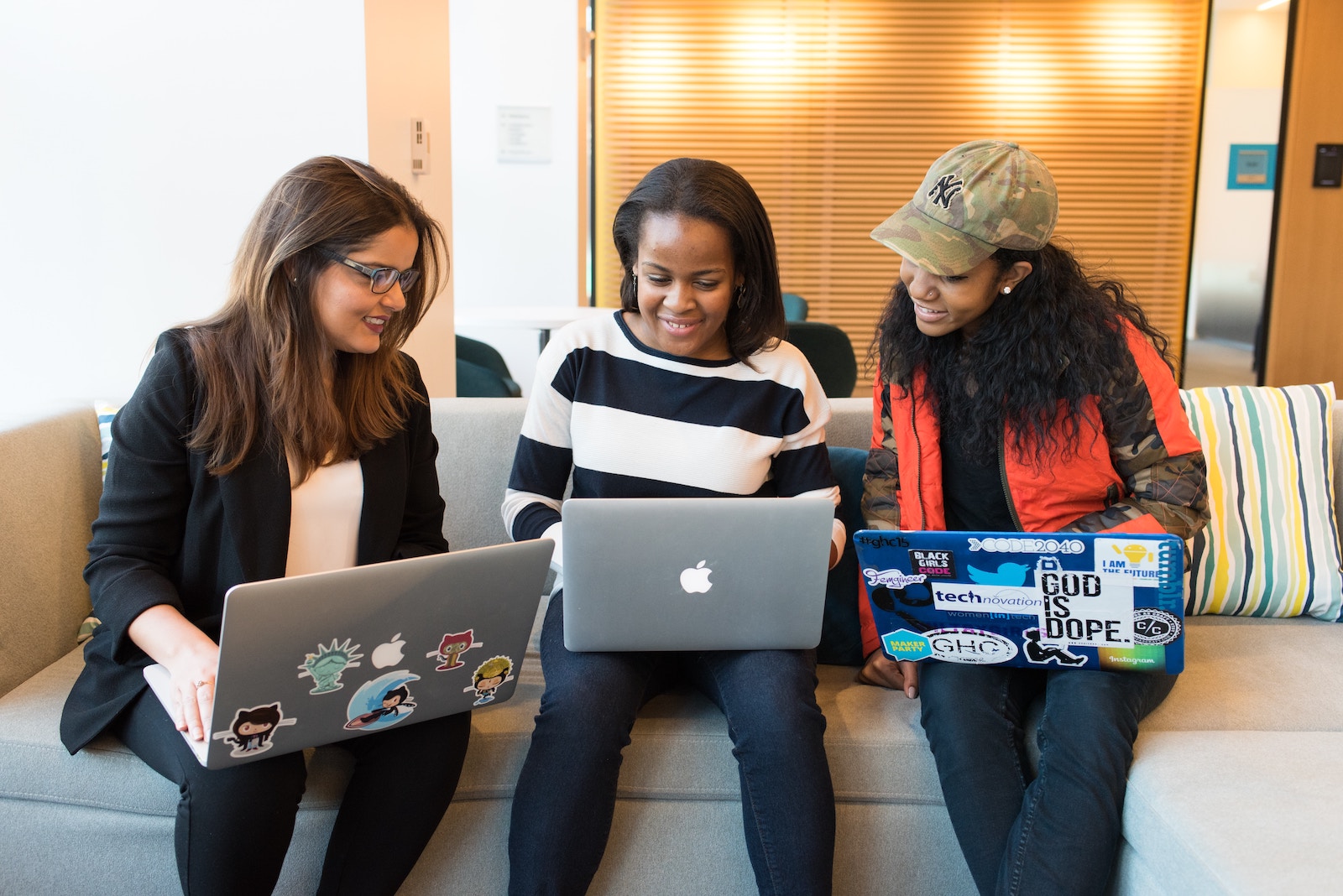Technological innovations and economic uncertainty are challenging companies to think strategically about how to upskill for the ‘Future of Work’.
Upskilling has always been a priority for companies looking to drive innovation and stay competitive. By upskilling, companies save money by investing in developing current employees, instead of spending time and budget hiring new ones. They also improve workplace culture and morale by making employees feel valued and supported in their professional goals.
And according to LinkedIn’s 2023 State of Workforce Learning and Development report, the stakes for upskilling are higher than ever. Rapidly changing the way companies operate, automation and AI are creating new processes and re-tooling old ones. This is resulting in skill shortages with meaningful implications for the Future of Work.
While companies continue to advertise open positions under the same titles year after year, like “consultant” or “manager,” the skill sets required for them have changed by nearly 25% since 2015. By 2027, this number is expected to double. Yet, while technical skills will continue to evolve, human skills — like communication, leadership, and management — remain durable and in high demand.
L&D’s 2023 priority list
Owing to this, LinkedIn reports that the 2023 budget forecast for L&D remains strong — representing the third most optimistic view in seven years of tracking. Only 8% of L&D pros expect their budget to decrease.
Some other notable findings:
- Companies are putting people at the center of their L&D efforts: 83% of organizations are looking to build a more people-centric culture. 81% of L&D pros say they are playing a key role in this effort.
- L&D pros are closer than ever to business leaders: The percentage of L&D pros working more closely with executive leaders has grown significantly year over year, from 39% in 2022 to 44% in 2023.
- Proactive skill building seen as key to navigating the evolving future of work: 89% of L&D pros agree that proactively building employee skills will help navigate the evolving future of work. They cite employee retention and upskilling as the biggest concerns.
- Human skills are leading the future of work: Human skills (also referred to as “durable skills” and “soft skills”) like empathetic leadership, networking, effective communication, and “managing up” are some of the most important competencies in today’s hybrid work environment.
What’s next for L&D?
This data begs the question — how do forward-thinking companies ensure they are investing in L&D with impact? And in a way that unlocks potential, drives employee engagement, and improves strategic business outcomes?
Historically, L&D professionals have struggled to get buy-in from employees using traditional e-learning and in-person programs. This is in part due to low completion rates (with a 15-30% industry average) and low information retention.
“Forward-thinking organizations need to create environments that embrace and unlock the potential of the whole employee,” said Linda Jingfang Cai, the Global Head of Learning and Talent Development at LinkedIn. New and innovative tech could be the key to unlocking impactful and scalable human skills training.
Immersive tech is the key
One way to tailor your L&D programs to engage the “whole employee” is through innovative tech solutions. Emerging tech like VR and other immersive solutions can increase knowledge retention by up to 75%.
Trusted for L&D and DEI training by leading companies like Uber, Etsy, and Ericsson, immersive learning helps learners translate learning into action. Through engaging and relevant experiences, learners build the memory and muscle needed to apply learning to real-world situations. When tied to a skills strategy, this helps create a feedback loop that connects learning outcomes to business goals.
While immersive learning can and should be applied to many types of skills development, it’s particularly useful for building soft or human skills for today’s modern workforce, such as empathy and inclusive leadership.
What’s more, is that 70% of people say they prefer immersive learning to traditional ways of doing human skills training.
Collect data to inform L&D strategy
LinkedIn’s report found that “progress toward career goals” is the #1 motivation for employees to learn.
Mindful of this, centering your workers’ career development goals when designing your L&D strategy is one way to ensure engagement. We recommend surveying workers on their career goals and identifying potential opportunities for upward mobility. Tailoring your training programs in response to employee feedback will show your investment, and investment drives an agile, people-centric culture.
Taking a skills-based approach to hiring and internal mobility, where candidates know what skills they need to be successful in a role can be a helpful strategy in aligning learning to business goals. When employees can connect learning to career advancement, they are more likely to be engaged and motivated.
Your employees who actively advance their human skills growth demonstrate a commitment to building an equitable culture and inspiring peak performance for all. They are well poised to be your next pool of managers and leaders.
Bridging gaps with tech
Incorporating new tech like immersive learning into any company process can be daunting. But, when it comes to L&D, the results are unmatched. To upskill with impact, show your employees your commitment to their success by providing them with the most impactful learning solutions for their careers, and the business.
Want to learn more? Download on our 2023 Guide on Human Skills Training.


